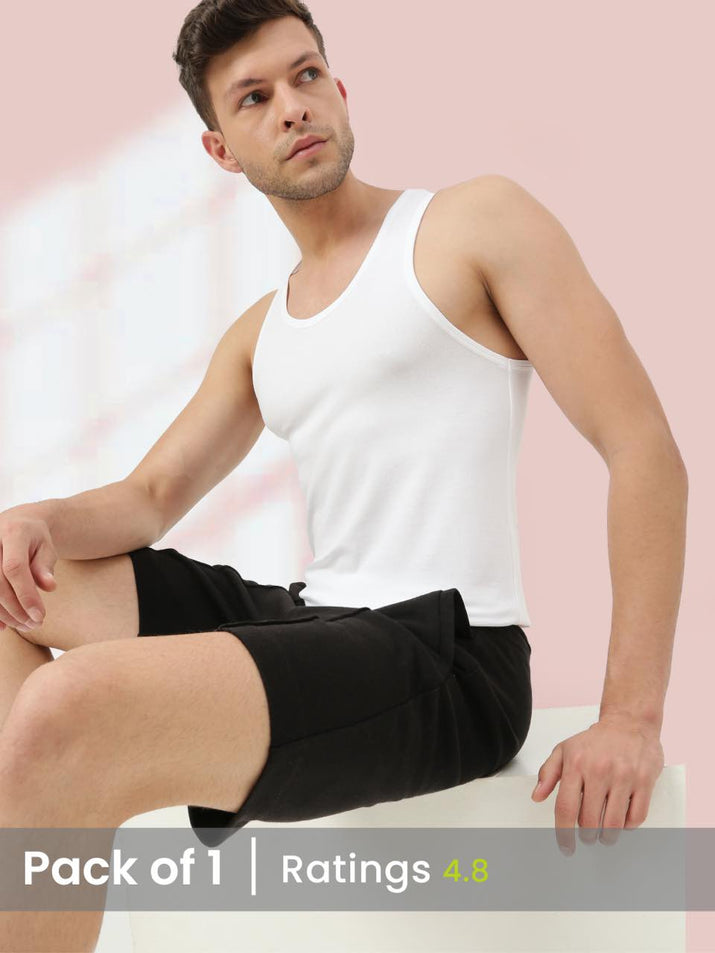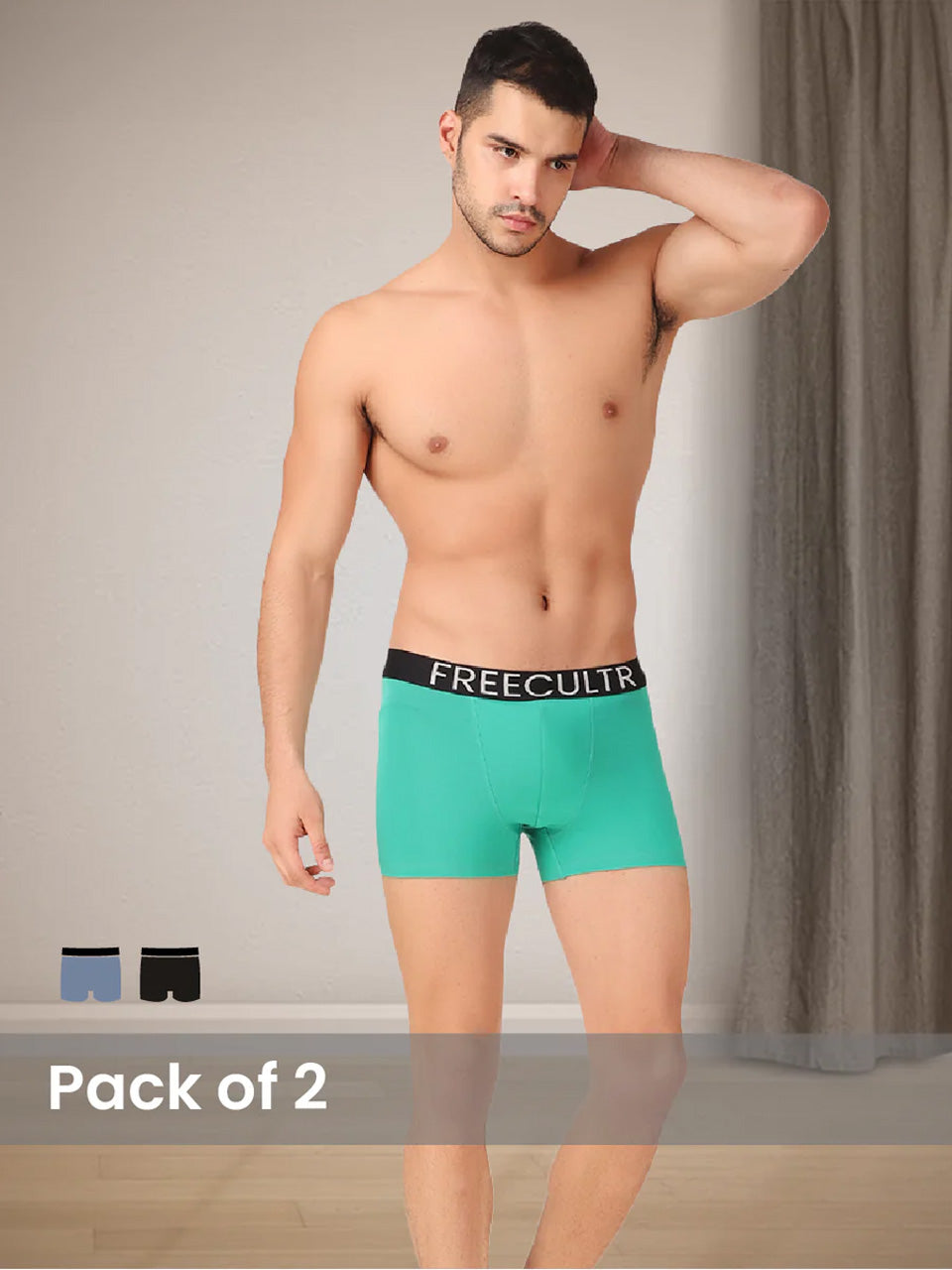Imagine pushing your physical limits during a high-intensity workout or navigating a demanding workday. The last thing you need is discomfort distracting you. Modern performance apparel is rapidly evolving, moving beyond basic functionality to prioritize supportive fit and breathable comfort. We'll explore how advancements in fabric technology, like the integration of microfibers with enhanced moisture-wicking capabilities, are revolutionizing undergarments. Discover how strategically placed compression zones and seamless construction techniques are crucial for optimal support and minimizing chafing. Ultimately, understanding these elements empowers you to choose briefs that enhance performance and ensure all-day comfort.

Understanding the Core Elements: Fit, Support. Breathability
When it comes to undergarments or activewear, especially briefs, the trifecta of fit, support. Breathability is paramount. These elements work in harmony to ensure comfort, functionality. Overall well-being. Let's break down each component:
- Fit: Refers to how well the brief conforms to the body's contours. A good fit prevents chafing, restricts movement, or creates unsightly lines under clothing.
- Support: Focuses on providing adequate lift and stability, particularly vital for athletic activities or individuals seeking enhanced comfort. The level of support can vary based on design, materials. Intended use.
- Breathability: Relates to the fabric's ability to allow air and moisture to pass through, keeping the wearer cool and dry. Breathable materials prevent sweat build-up, minimizing discomfort and potential skin irritation.
The Science Behind Breathable Fabrics
Breathability in fabrics is achieved through various mechanisms, primarily related to the material's structure and properties. Two key factors influencing breathability are:
- Air Permeability: This refers to the fabric's ability to allow air to pass through its structure. Fabrics with larger pores or looser weaves generally have higher air permeability.
- Moisture Wicking: This involves the fabric's capacity to draw moisture away from the skin and transport it to the outer surface, where it can evaporate. Hydrophobic (water-repelling) fibers are often used in conjunction with hydrophilic (water-attracting) structures to create an effective wicking system.
Common breathable fabrics include:
- Cotton: A natural fiber known for its softness and good air permeability. But, cotton tends to retain moisture, making it less ideal for high-intensity activities.
- Polyester: A synthetic fiber that offers excellent durability and moisture-wicking properties. Often blended with other fibers to enhance comfort and breathability.
- Nylon: Another synthetic fiber that is lightweight, strong. Quick-drying. Similar to polyester, it's often used in activewear for its performance characteristics.
- Merino Wool: A natural fiber prized for its exceptional breathability, moisture-wicking abilities. Odor resistance. It's a popular choice for outdoor activities and base layers.
- Bamboo: A sustainable fabric derived from bamboo pulp. It's known for its softness, breathability. Antimicrobial properties.
Supportive Fit: Key Design Features
Achieving a supportive fit involves careful consideration of design elements and construction techniques. Some key features that contribute to a supportive brief include:
- Contoured Pouch: A shaped pouch that provides lift and separation, enhancing comfort and preventing chafing.
- Elastic Waistband: A secure and comfortable waistband that keeps the brief in place without digging into the skin. The width and elasticity of the waistband can significantly impact support and overall fit.
- Leg Openings: Properly sized and shaped leg openings that prevent riding up or binding. Elasticized leg openings can provide a more secure and comfortable fit.
- Fabric Composition: The blend of fibers used in the fabric can influence its stretch, support. Overall feel. Spandex or elastane is often incorporated to provide elasticity and shape retention.
- Seam Placement: Strategic seam placement can minimize chafing and enhance comfort. Flatlock seams, which lie flat against the skin, are commonly used in performance apparel.
Comparing Materials: Cotton vs. Synthetics vs. Natural Blends
The choice of materials significantly impacts the overall performance of a brief. Here’s a comparison of common options:
| Material | Pros | Cons | Best For |
|---|---|---|---|
| Cotton | Soft, breathable, affordable | Retains moisture, can shrink, less durable | Everyday wear, low-intensity activities |
| Polyester | Durable, moisture-wicking, quick-drying | Less breathable than cotton, can feel synthetic | Activewear, high-intensity activities |
| Nylon | Strong, lightweight, quick-drying | Less breathable than cotton, can be expensive | Activewear, swimwear |
| Merino Wool | Breathable, moisture-wicking, odor-resistant | Expensive, requires special care | Outdoor activities, temperature regulation |
| Bamboo | Soft, breathable, sustainable, antimicrobial | Can be less durable than synthetics | Everyday wear, sensitive skin |
| Blends (e. G. , Cotton/Polyester) | Combines benefits of multiple fibers, improved durability and moisture-wicking compared to pure cotton | Performance depends on the specific blend ratio | Versatile, suitable for various activities |
Real-World Applications: From Everyday Wear to Athletic Performance
The principles of fit, support. Breathability apply to a wide range of scenarios:
- Everyday Wear: For daily comfort, a well-fitting, breathable brief made from cotton or a cotton blend is often ideal.
- Activewear: During workouts or sports, briefs made from moisture-wicking synthetics like polyester or nylon are preferred to keep you cool and dry.
- Travel: Merino wool or bamboo briefs can be excellent choices for travel due to their odor resistance and moisture-wicking properties.
- Medical Conditions: Individuals with sensitive skin or certain medical conditions may benefit from briefs made from hypoallergenic materials like bamboo or organic cotton.
Case Study: Marathon Runner's Choice
Consider a marathon runner seeking optimal performance. They would likely choose a brief made from a blend of polyester and spandex. The polyester provides excellent moisture-wicking capabilities, preventing sweat build-up and chafing during long runs. The spandex ensures a supportive fit that moves with the body, minimizing distractions and maximizing comfort. A contoured pouch and flatlock seams further enhance the overall experience.
Fashion & Comfort: Blending Style with Functionality
While functionality is crucial, the aesthetic appeal of briefs is also crucial. The modern market offers a wide range of styles, colors. Designs that cater to diverse preferences. Brands are increasingly focusing on creating briefs that not only perform well but also look good. This involves incorporating fashionable elements such as:
- Modern Cuts: Low-rise, mid-rise. High-rise options to suit different body types and preferences.
- Stylish Waistbands: Branded waistbands with eye-catching designs.
- Vibrant Colors and Patterns: A wide array of colors and patterns to express individual style.
- Sustainable Materials: Eco-friendly options made from recycled materials or sustainable fibers like bamboo.
The intersection of fashion and comfort ensures that individuals can feel confident and comfortable in their briefs, regardless of the activity.
Maintaining Your Briefs: Care and Longevity
Proper care is essential for extending the lifespan of your briefs and preserving their fit, support. Breathability. Here are some tips:
- Follow Care Instructions: Always refer to the manufacturer's care label for specific washing and drying instructions.
- Wash in Cold Water: Cold water helps prevent shrinkage and color fading.
- Use a Mild Detergent: Harsh detergents can damage fibers and reduce breathability.
- Avoid Bleach: Bleach can weaken fibers and cause discoloration.
- Tumble Dry on Low Heat: High heat can damage elastic and cause shrinkage. Air drying is often the best option.
- Store Properly: Store briefs in a cool, dry place to prevent mildew and odors.
By following these guidelines, you can ensure that your briefs maintain their quality and performance for years to come.
Conclusion
Ultimately, the right brief delivers more than just coverage; it provides a foundation for confidence and comfort throughout your day. Don't underestimate the power of a supportive fit combined with breathable, moisture-wicking fabric. I remember a recent hiking trip where I foolishly wore the wrong underwear – chafing and discomfort nearly ruined the experience. Learn from my mistake! Moving forward, prioritize trying different styles and materials to find what truly works for your body and lifestyle. Consider the latest innovations like sustainable fabrics and seamless designs, which are increasingly popular for their eco-friendliness and enhanced comfort. Invest in a few pairs of high-quality briefs – your body will thank you. Choose wisely, wear confidently. Embrace the freedom that comes with feeling good from the foundation up! Learn more about choosing the right underwear here.More Articles
Briefs – Breathable Mesh & Tagless DesignMen's Trunks – Quick-Drying & Comfortable Waistband
Boxers for Women – Relaxed Fit & Soft Fabric
Women's Boy Shorts – Seamless Edges & Stay-Put Fit
FAQs
So, what exactly is 'Brief – Supportive Fit & Breathable Comfort' supposed to mean?
Good question! , it describes underwear (usually briefs, duh!) designed to hug you in the right places for support, while also letting your skin breathe. Think comfy and secure, not constricted and sweaty.
Okay, support makes sense. But how does underwear actually breathe?
It's all about the fabric! Breathable underwear is usually made from materials like cotton, modal, or bamboo. These fabrics have tiny spaces that allow air to circulate, wicking away moisture and keeping you cooler and drier than, say, polyester or nylon might.
What's the benefit of having both support and breathability?
Think about it – all-day comfort! Support prevents chafing and keeps everything in place, while breathability prevents overheating and keeps you feeling fresh. It's a winning combo, especially if you're active or live in a warm climate.
Is this kind of underwear just for athletes, or can anyone wear it?
Definitely not just for athletes! While it's great for working out, anyone can benefit from the comfort and support. Honestly, once you try breathable, supportive underwear, you might not go back to your old stuff.
How do I know if underwear is actually breathable? The labels can be confusing!
Read the fabric content! Look for those keywords I mentioned – cotton, modal, bamboo. Also, check online reviews! People are usually pretty honest about whether something feels breathable in real life.
Will 'Brief – Supportive Fit & Breathable Comfort' underwear shrink in the wash?
It depends on the fabric! Natural fibers like cotton are more prone to shrinking. Always check the care label for washing instructions. Washing in cold water and tumble drying on low (or even better, air drying!) can help minimize shrinkage.
Are there different levels of support in this type of underwear?
Yep, absolutely! Some briefs offer light support, while others are designed for more compression. It really comes down to personal preference and what feels best for your body and activity level.






